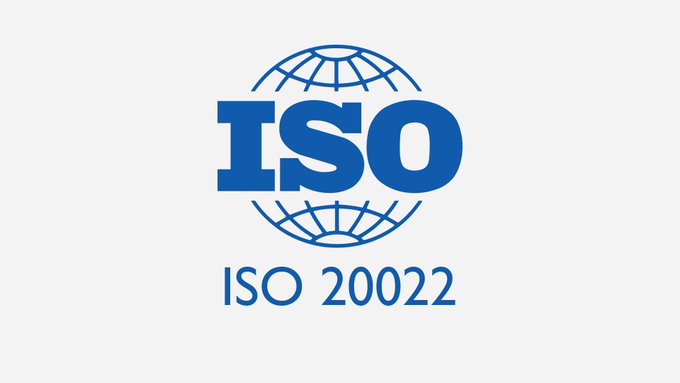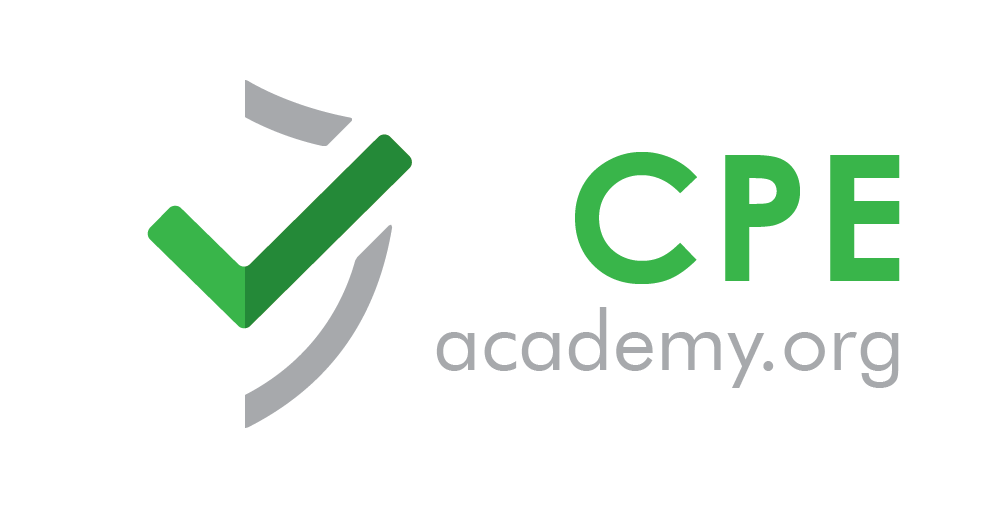
In the dynamic realm of financial technology, standards play a pivotal role in facilitating seamless communication and interoperability between different systems. One such standard that has gained prominence in recent years is ISO 20022. As the financial industry undergoes a paradigmatic transformation with the migration to ISO 20022, there are both significant opportunities and challenges on the horizon. In this comprehensive guide, we will delve into the intricacies of ISO 20022, exploring its significance, structure, impact on the financial landscape, and the pressing concerns surrounding its migration.
Initiated in the spring of 2023, the migration to ISO 20022 is scheduled for completion by November 2025. However, amidst this ambitious undertaking, skepticism within the industry regarding the achievability of these deadlines is palpable. Recent events, such as the European Payments Council's decision to postpone its SEPA payment scheme migration, have added to a growing list of ISO 20022 migration delays.
Benefits of ISO 20022:
ISO 20022's significance lies in its ability to revolutionize financial messaging. Its usefulness is encapsulated in several key aspects:
Improved Data Quality:
ISO 20022 facilitates the use of structured data, enhancing the quality and accuracy of information exchanged in financial transactions. This leads to reduced errors and improved straight-through processing.
Enhanced Communication:
The standard allows for richer and more detailed data compared to its predecessors, enabling more comprehensive communication between financial institutions. This is particularly beneficial for complex transactions and reporting requirements.
Global Interoperability:
ISO 20022 is designed to be universally applicable, promoting global interoperability. Its adoption by major financial institutions and market infrastructures around the world ensures a consistent messaging framework across borders.
Key Components of ISO 20022:
The standard encompasses various message types, covering domains such as payments, securities, trade finance, and foreign exchange. With its XML-based syntax, ISO 20022 employs Extensible Markup Language (XML), offering flexibility and human readability. Business Process Modeling (BPM) is incorporated to define end-to-end business processes associated with financial transactions.
Industry Insights: Navigating Challenges:
A recent survey by Celent, involving 211 global banks and corporates, underscores the industry's sentiments. Alarmingly, one in four banks expressed doubts about the sector's preparedness by the migration deadline. North America, in particular, faces significant skepticism, with nearly half of respondents (72% and 56%) harboring concerns.
Crucial Year Ahead:
As the financial landscape braces for this monumental shift, the upcoming year emerges as a critical juncture. Financial institutions worldwide face the imperative to invest in technology and transformation to ensure their systems align with the ISO 20022 standards. The stakes are high, and the industry's ability to meet the migration deadlines will undoubtedly shape the future trajectory of financial transactions.
Navigating the Path Forward:
The migration to ISO 20022 represents not just a technological shift but a paradigmatic transformation in the way financial information is communicated globally. However, as the industry grapples with skepticism and delays, the critical year ahead demands unwavering commitment from financial institutions. Navigating the challenges posed by this migration will be instrumental in ensuring a seamless transition to ISO 20022 and unlocking the full potential of standardized, efficient, and interconnected financial messaging.

